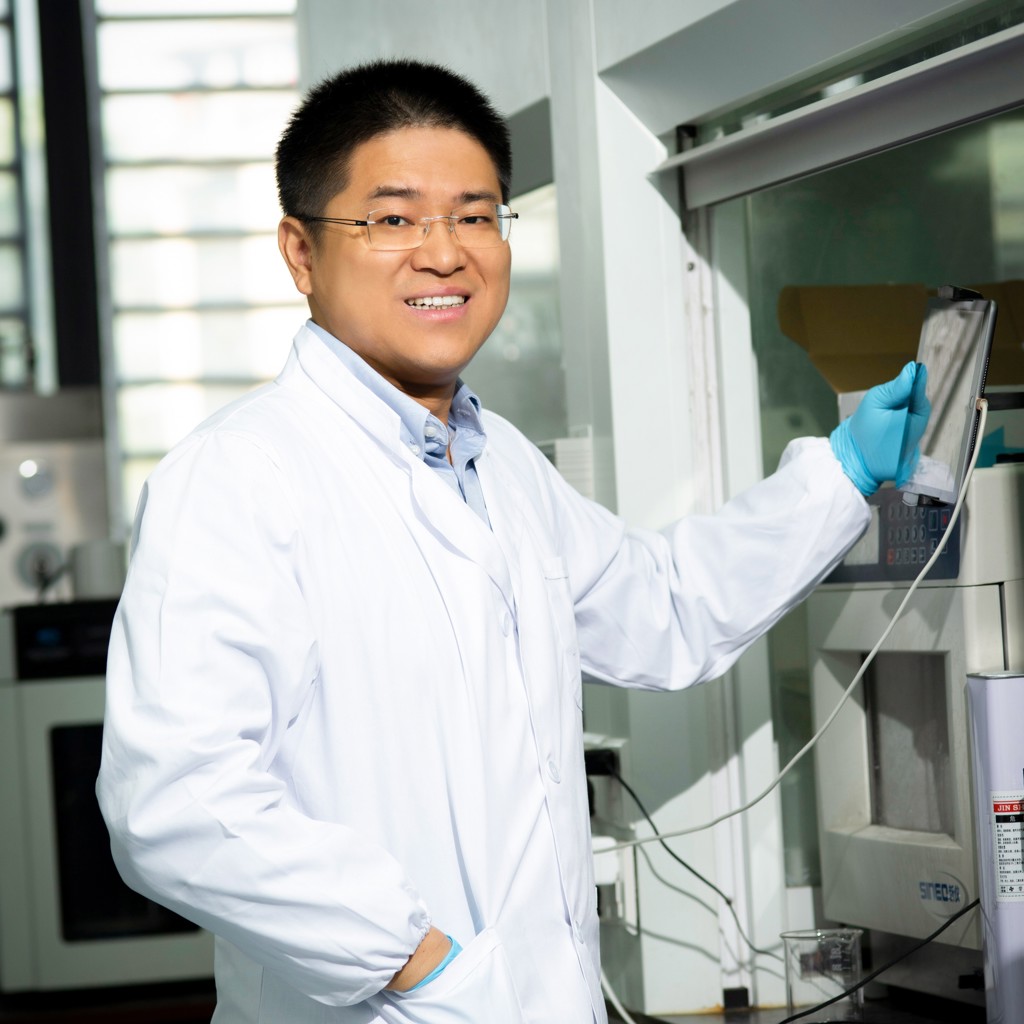Han Zhang
Shenzhen University, ChinaFor contributions to optical nanomaterials, developing two-dimensional nanomaterials for applications in optoelectronics as saturable absorbers to generate ultra-short pulse, and applications in bio-photonics for bio-imaging and therapeutics.

Han Zhang has always paid strong attention to the physical phenomena all around him. He was interested in science from a young age. The more he learned, the more questions he had, making him an eager researcher. His choice to become a physics researcher during his doctoral work with microelectronics at Nanyang Technology University was reaffirmed, thanks to the great environment and rigorous work being done. Previously, he had done undergraduate work with materials physics.
Han says that choosing a research direction was one of the biggest career challenges he has faced so far. He started reading papers in a field suggested by his advisor, and tried to understand the current research in order to know where to take the field next. He adds some advice he received from his mentor, Dingyuan Tang, “Share your opinions with more researchers, maybe you can find someone [who] can give you some enlightening suggestions.”
Collaboration is a concept at the heart of Han’s work. He comments that “a new and tough project can connect all the scientists together.” Technology now allows scientists all over the world to cooperate and share their research, which has allowed greater opportunities for breakthroughs in knowledge. He advocates for working to make one’s own achievements, but also to “spend a lot of time and energy to establish a good interpersonal relationship with fellow scientists.” He says that this will create a more relaxed atmosphere for research and allow young researchers more access to opportunities and funding.
Following the announcement of the 2010 Nobel Prize, which went to two researchers working with graphene, Han and his team were recognized by their work with the same material. Han’s team fabricated a graphene-based device and obtained ultrafast pulses with it. Before them, no one had used a two dimensional material as a saturable absorber. Han and his colleague Qiaoliang Bao put graphene in the laser cavity and the laser system worked in the mode-locked operation. His current work is with two dimensional materials and their potential in the photoelectric field. The team’s work with black phosphorus has had exciting applications in biomedicine. Han says, “By using black phosphorus nano-sheets, we can realize the triple synergism of photothermal therapy, chemotherapy and biological response for tumors, and multi-mode precise treatment for cancer.”
His favorite part of the process? Experimentation. Han finds joy in thinking up all of the possible variables and striving to repeat his results time and time again. He says that eventually, all the work becomes worth it.
Han has had a strong relationship with OSA throughout his career. He likes to attend CLEO and FiO, events where he can learn new things, make new friends, and share ideas and plans for future cooperation. He says “OSA really provides a bridge of academic discussion for researchers from all over the world.”
Profile written by Samantha Hornback
